Chinese Old Money Style, Explained
- Oops!Something went wrong.Please try again later.
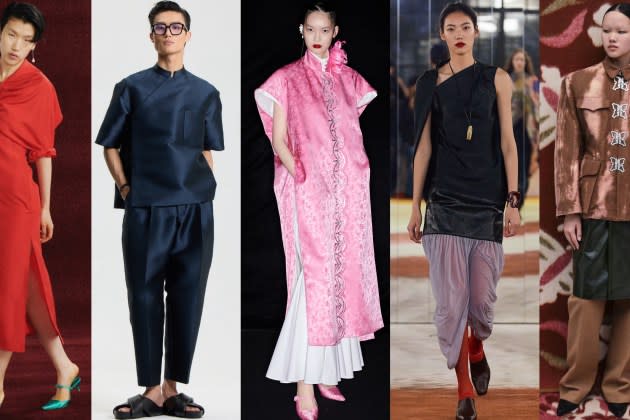
LONDON — China is putting its own spin on the quiet luxury trend.
The nation’s young and affluent are mixing contemporary fashion with modernized traditional garments and jewelry in their everyday dressing.
More from WWD
On social media, the term “Chinese old money style” has been trending for a while.
According to a widely shared video by TikToker Vivin Qiang, the core of this trend involves using traditional styles from China such as Qipao, Hanfu, and Tang suits as the basis for modern takes, or using high-quality embroidered fabrics favored by wealthy Chinese families of the past on modern designs.
Further cementing their presence in today’s style repertoire, these pieces are often mixed and matched with streetwear items or luxury pieces. Qiang also noted that a lot of the outfits under this trend tend to be loose-fitting but structured. On the accessories front, silver, pearls, jade, or similar colored gemstone jewelry is favored.
What she described echoes the way Tai-tais — the colloquial term for wealthy housewives in the region — would dress, revisited by their children’s generation.
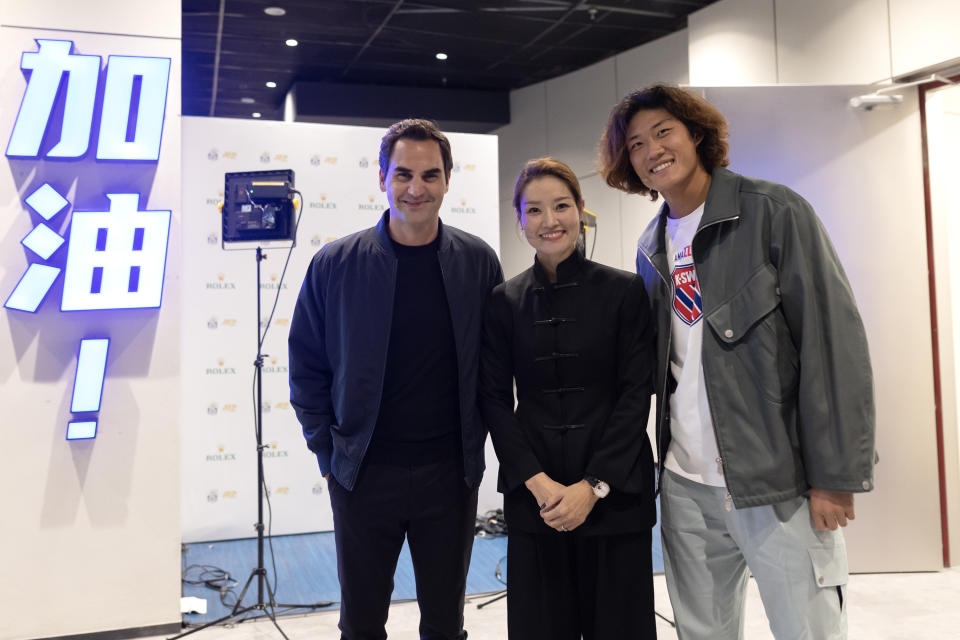
A cohort of designers are riding this trend wave, turning these nods to traditional culture in contemporary collections into a solid business proposition, while reshaping the nation’s identity regarding self-recognition, aesthetic and cultural confidence.
Exhibit A: London- and Shanghai-based Samuel Gui Yang, who has been laser-focused on building a renewed take on the Chinese aesthetic since he graduated from Central Saint Martins with a master’s degree in fashion design in 2015.
Last month, tennis player Li Na wore one of Yang’s Lee jackets to meet Roger Federer during the Shanghai Rolex Masters. The jacket, which comes with a narrow waistline and frog fastenings, is one of many styles that Yang offers that have been popular among his affluent clients, who are art dealers, collectors and third-generation “Red princesses,” whose grandparents are founding members of the Chinese Communist Party.
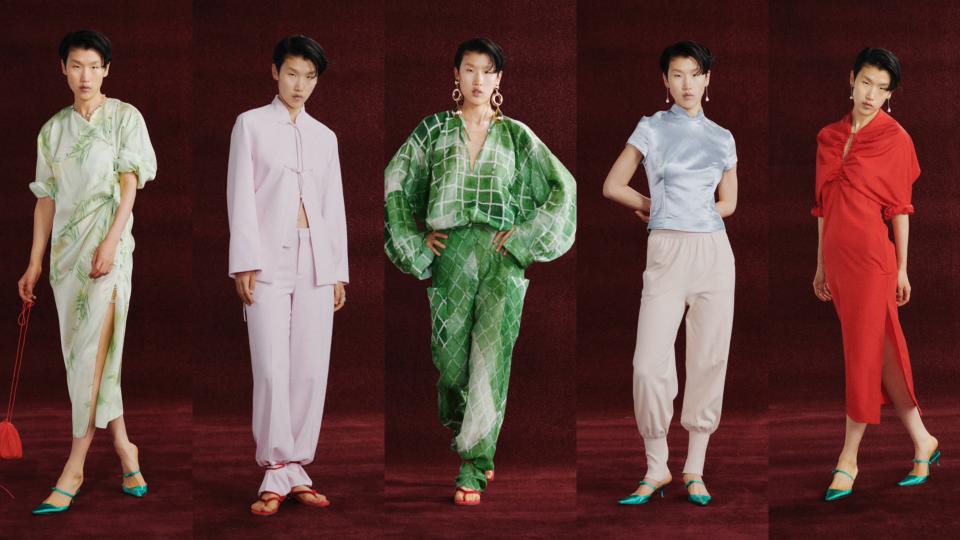
The designer said that despite the hint of irony borne by the trend’s name, it reflects the golden era between 1927 and 1937, the period when Chinese people enjoyed a relatively high standard of living both within China and overseas under the rule of the Republic of China.
“You can draw inspiration from well-preserved heritage families or culturally rich cities of the past, such as well-crafted cheongsams and garments with strong cultural representations,” he continued.
In his opinion, followers of the trend are showing appreciation for a genuine lifestyle and a sense of confidence in one’s own identity, more than merely being driven by fashion.
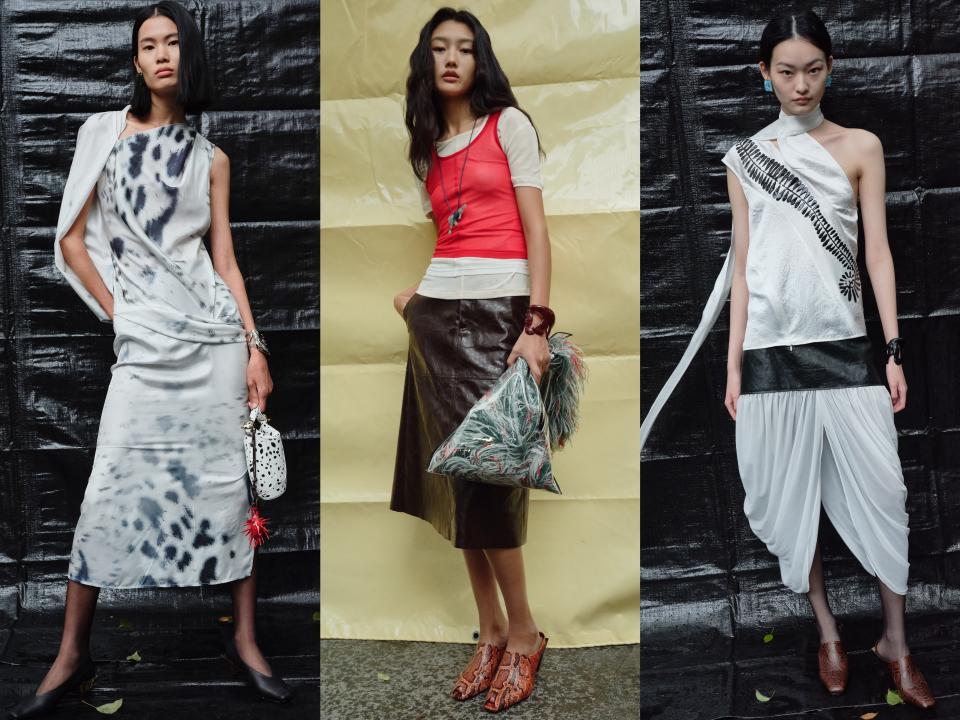
Shanghai-based designer Jacques Wei is another emerging talent on the scene who blends Chinese craftsmanship and cultural references into a wardrobe for modern women who are spiritually connected with their ancestors.
He showcased his spring 2024 collection in front of a pond in the gardens of the former residence of a Qing dynasty Chinese tycoon, politician and educator Sheng Xuanhuai, a historic site he found in line with his inspiration for the season.
He also added “styling details with a Chinese flair,” such as necklaces made with hand-carved nephrite jade from Xinjiang shaped after flowers, playful monkeys, sleeping lions and other elements of Chinese iconography.
“Chinese style can also be very bold and flavorful, and stay in tune with the time we live in to become something modern and new,” added Wei, who doesn’t feel “techniques unique to China, such as seed stitching, Teochew hand crochet, Cantonese embroidery and batik wax-resist dyeing” should be confined to traditional styles.
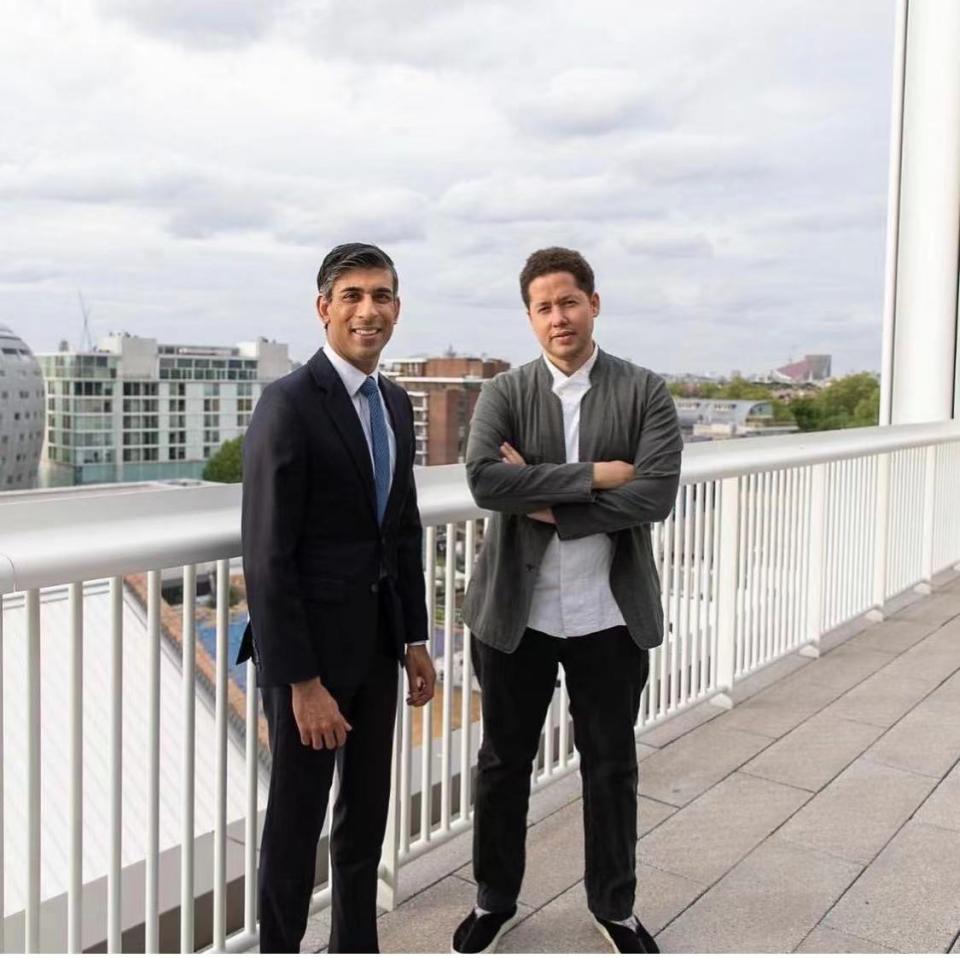
Overall, the trend is a natural development in China, as those who have been wealthy for decades are now looking for something more discerning and discreet for footwear and fashion designer Bing Xu.
“Most of my clients tend to be the first generation of female executives born after China’s reform and opening in 1978. They have had a good life, so they make different fashion choices compared to China’s newly rich who seek to demonstrate their success with big logos,” observed Xu.
He put the rise of the Chinese old money style down to two factors. First, “financial freedom has brought about a more understated style, and cultural confidence has shifted to a greater desire to represent one’s Chinese identity and cultural symbols,” said Bing.
That early group of Chinese luxury shoppers now looks beyond the global and brand-centric identities offered by mainstream labels, reaching for garments that speak to them culturally instead.
Take a customizable modernized Tang jacket in black leather he offers, often spotted on model Liu Wen. Despite its $2,000-plus price tag, it’s flying off the shelves, he said.
Second, home-grown brands have been integrating lessons learned in the West in terms of luxury production, communication and management to offer product that better suits that clientele’s preferences.
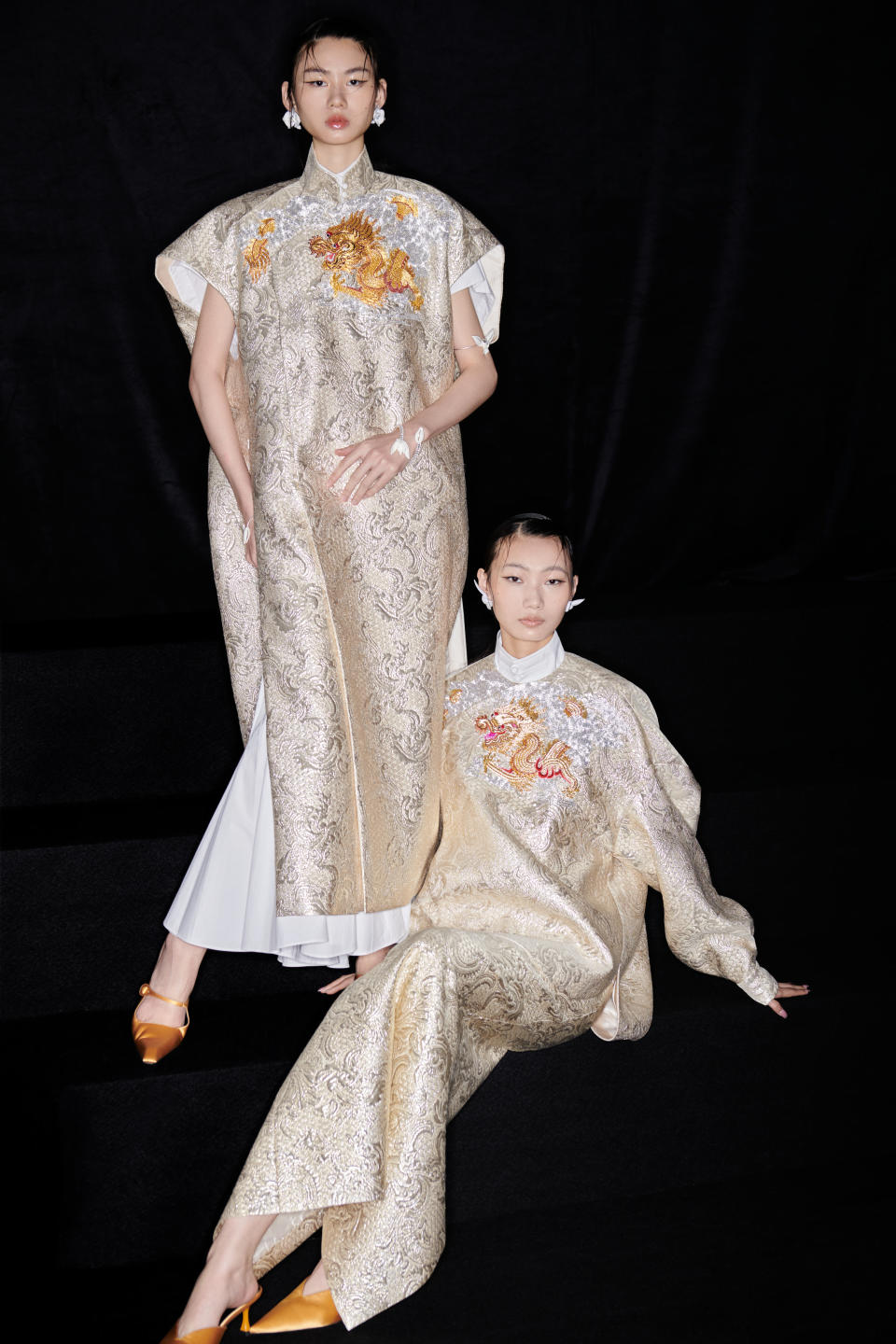
Muki Ma, founder of M Essential, a label that has become synonymous with the term Xinzhongshi (or “new Chinese style”) also feels it’s about time that China comes up with an aesthetic of its own that celebrates both the past and the present.
“My understanding is that after going through the process of pursuing external expressions, one slowly explores the internal view and finds a way of dressing that truly pleases them. This trend embraces a natural expression of confidence and authenticity. It is not simply a replica of ancient Chinese symbols, but a natural blend with the contemporary lifestyle,” he said.
His designs have been popular among celebrities and women in power, like those who look after the China market for major European luxury houses.
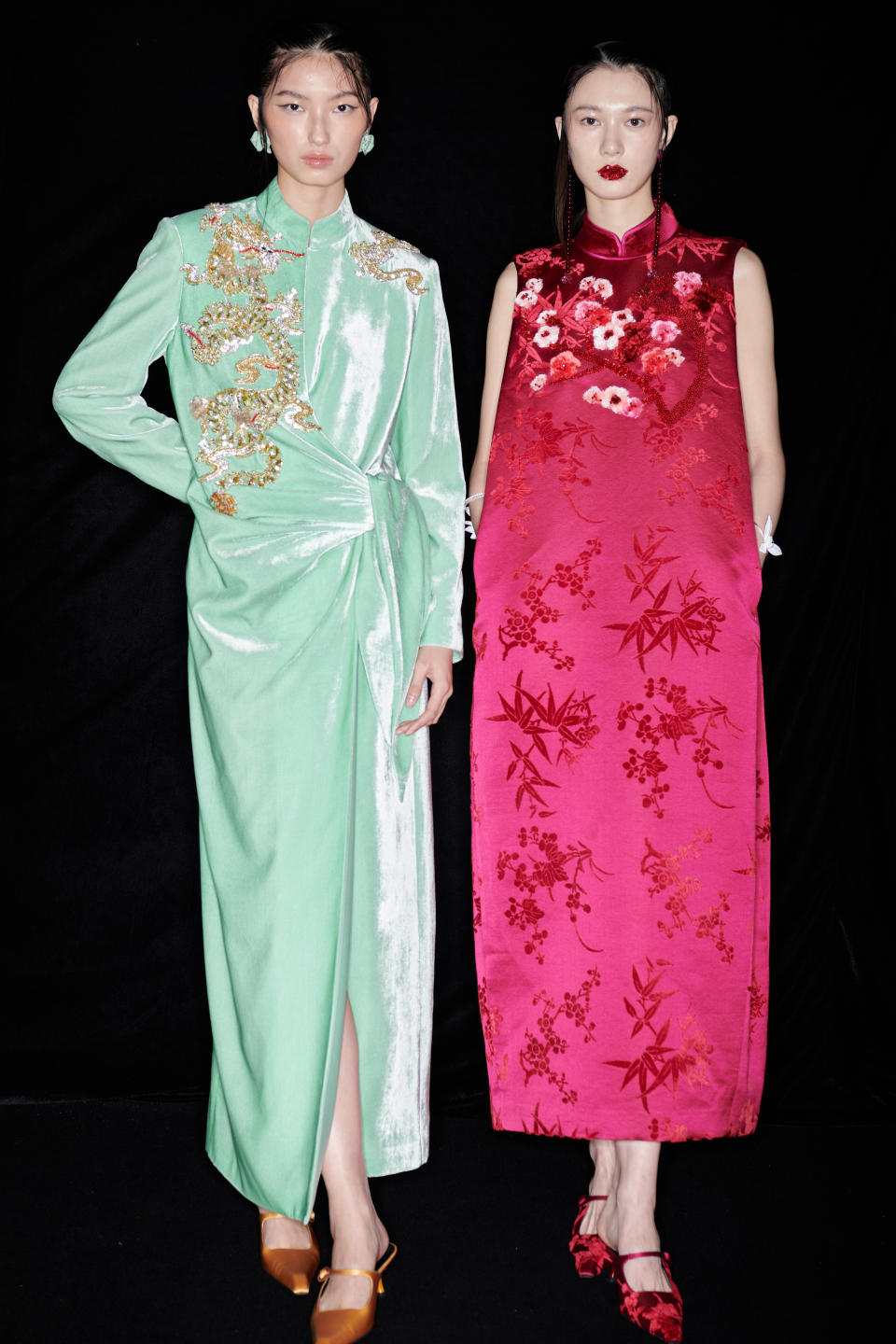
The designer last week presented the latest collection, inspired by the Forbidden Palace, offering luscious numbers made with Chinese traditional 3D pompoms embroidered on satin in a semi-finished form, and French embroidered dragons, branches and flowers, offering a modern expression of Eastern iconographies.
They looked at home at the Garden of Shen, located within the Shanghai Expo Cultural Park which was built last year with a reported budget of 3.5 billion renminbi, or $478 million.
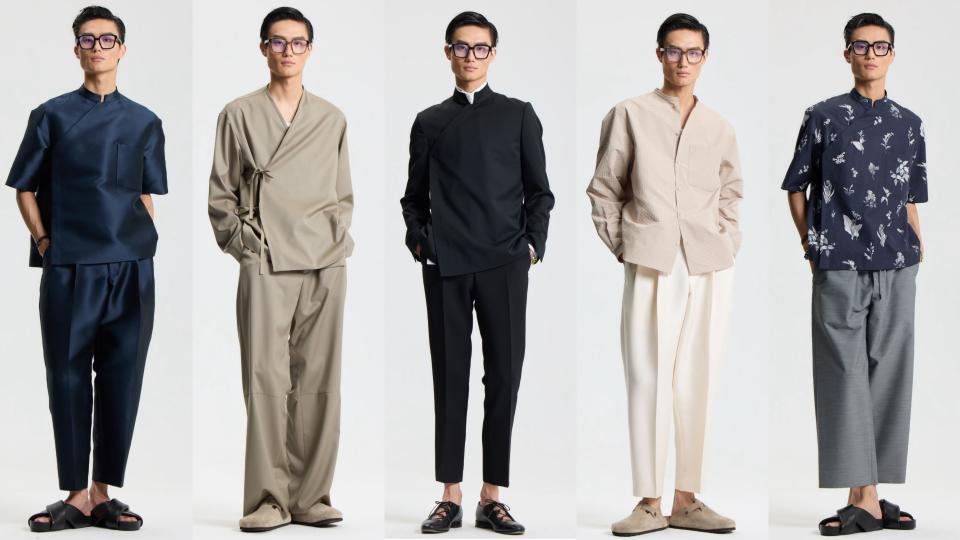
For Ian Hylton, the trend translates into culturally relatable and quality clothes that can be worn long-term, which also happens to be his design philosophy. His pieces are rooted in his experience living in the West and now, in China.
“One of the things that were brought up by COVID-19 is people’s journey inside themselves. I feel that nationally speaking there is a lot more consideration being paid to Chinese culture, be it in art, food or fashion,” he said.
This former menswear creative director at Ports 1961 who launched his brand in 2020 — first as Xian Sheng and since this year, under his own name due to trademark concerns — has also been embracing this trend with his own label to design for the Chinese middle class.
“The taste continues to evolve here. Somehow I feel that men are evolving faster than women. Chinese men in general take good care of themselves and take pride in the way they look well into their elder years,” noted Hylton, who resides in Xiamen with his wife Min Liu, founder of the LVMH Prize-shortlisted label Ms Min.
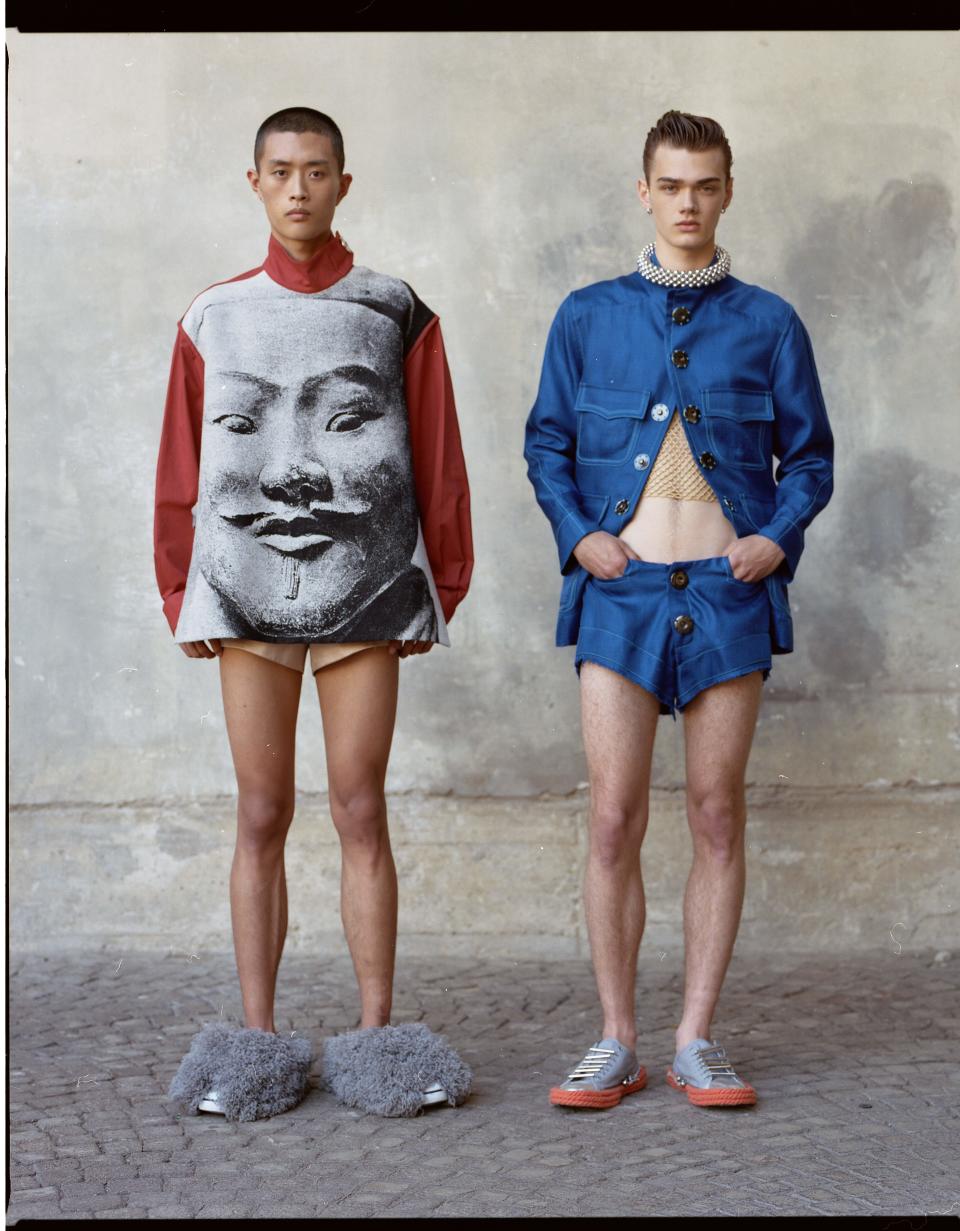
Yushan Li, who lived in London for a decade and cofounded Shanghai and Milan-based label Pronounce with Jun Zhou, sees the rise of the trend as a result of China’s young generation breaking free from a fashion narrative and lifestyle that’s dominated by Western players.
“They are getting tired of the Western way of life. This reinterpretation and reaffirmation of traditional culture have given rise to a new generation of Chinese people who are culturally confident and independent,” he remarked.
He said that the rise of homegrown fashion talents in the past decade has opened up options for consumers, who can feel comfortable in nice things that are rooted in familiar cultural references, rather than stand to be educated by Western brands on an unfamiliar heritage.
“I’ve seen young people wearing Pronounce with other items that are very creative, such as snow boots or kung fu shoes for Tai Chi. I’ve also seen young people wearing Pronounce with pieces that are associated with subcultures. Some people even wear our design to take pictures in a Chinese garden or in Chinatown. The ways they wear our pieces also inform and inspire us to continue to push the boundary of what modern Chinese fashion is,” said Li.

The brand has been blending Chinese heritage through a world-citizen lens, mixing with cultures from Europe, India, Morocco and Mexico. The results include tailored pieces that nod to both Savile Row and Mao suits, as well as cheongsam with deconstructed Chinese characters and shirting with motifs of terracotta warriors.
So far, the world is only getting a taste of what they have to offer. But as the trend is setting these designers up for a wider stage; many are planning to show internationally.
Pronounce is set to present the new collection in Milan next January. Samuel Gui Yang and Ian Hylton will be in Paris with showrooms in February. And Jacques Wei and M Essential both expressed the desire to show outside of China when the timing is right.
Best of WWD

